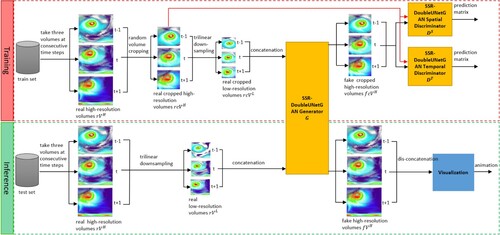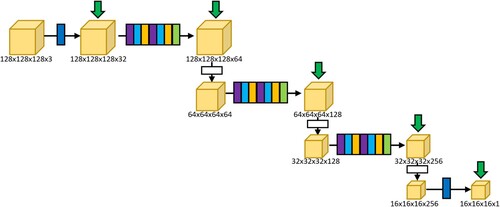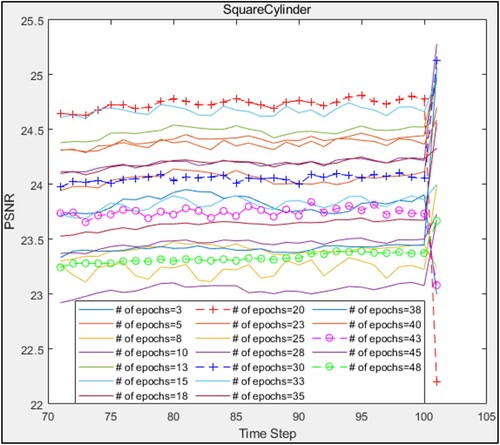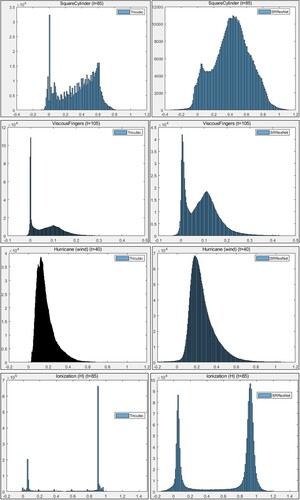Figures & data
Figure 1. The illustration of concept of time-varying volumetric data by using the Tornado dataset, which is visualised at four time steps , and 30. The black axis denotes the time step.

Figure 3. The SSR-DoubleUNetGAN's generator architecture. (a) The schematic diagram of operations. (b) The generator architecture. (c) The Transform Block (TB). (d) The Transform Block & Self-Attention Block (TB&SAB). (e)The Self-Attention Block (SAB).
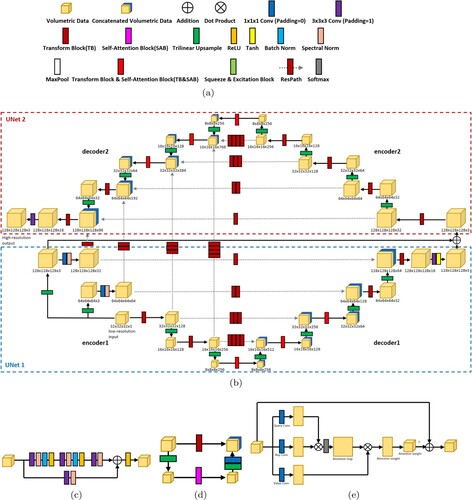
Table 1. The name, dimensions, scaling factor, number of epochs for training, consumed training time and inference time of each dataset.
Figure 5. The visualisation of the synthesised high-resolution SquareCylinder dataset from (a) the Ground Truth, (b) our method, (c) SSR-TVD, (d) Tricubic, (e) SRResNet, (f) Cubic, and (g) Linear.
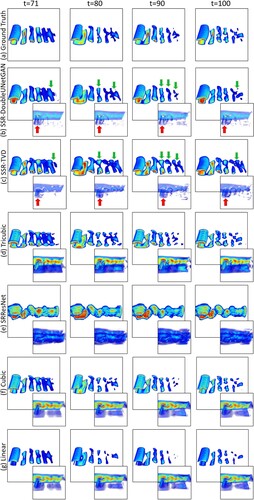
Figure 6. The visualisation of the synthesised high-resolution ViscousFingers dataset from (a) the Ground Truth, (b) our method, (c) SSR-TVD, (d) Tricubic, (e) SRResNet, (f) Cubic, and (g) Linear.
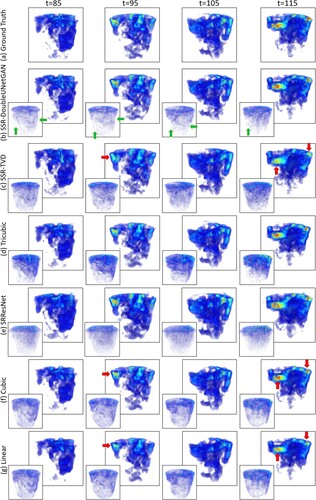
Figure 7. The visualisation of the synthesised high-resolution Hurricane (wind) dataset from (a) the Ground Truth, (b) our method, (c) SSR-TVD, (d) Tricubic, (e) SRResNet, (f) Cubic, and (g) Linear.
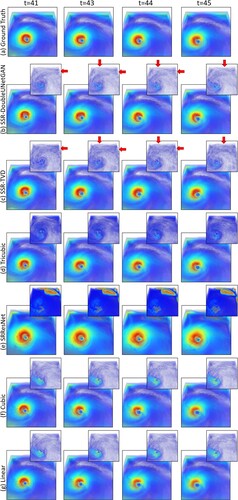
Figure 8. The visualisation of the synthesised high-resolution Hurricane (QICE) from (a) the Ground Truth, (b) our method. In this case, we use the Hurricane (QSNOW) variable to train our model and use the Hurricane (QICE) variable for inference.
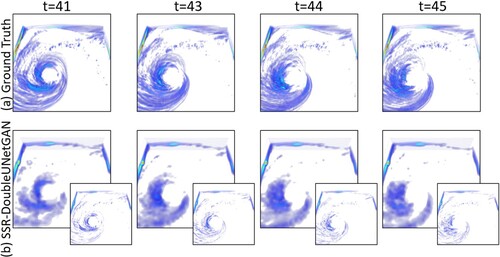
Figure 9. The PSNR and SSIM comparison of different methods in reference to the Ground Truth volumes for (a) SquareCylinder, (b) ViscousFingers and (c) Hurricane (wind) datasets.

Table 2. The MOS comparison of all methods for each dataset.
Table 3. The Frames Per Second (FPS) of our visualisation for each dataset.
Table 4. The ablation study of our model.
Figure 10. The PSNR and SSIM values for different models involved in the ablation study of our model.
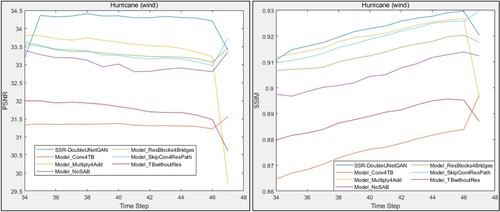
Figure 11. The visualisation of the synthesised high-resolution Ionisation (H) from (a) the Ground Truth, (b) our method, (c) SSR-TVD, (d) Tricubic, (e) SRResNet, (f) Cubic, and (g) Linear.
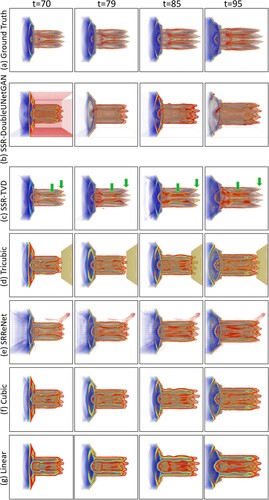
Figure 12. The PSNR and SSIM comparison of all methods inference to the Ground Truth for the Ionisation (H) dataset.
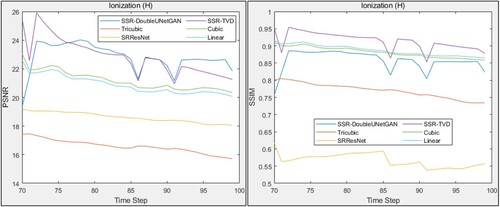
Data availability statement
The data that support the findings of this study are openly available in IEEE SciVis Contest repository at https://sciviscontest.ieeevis.org/.

